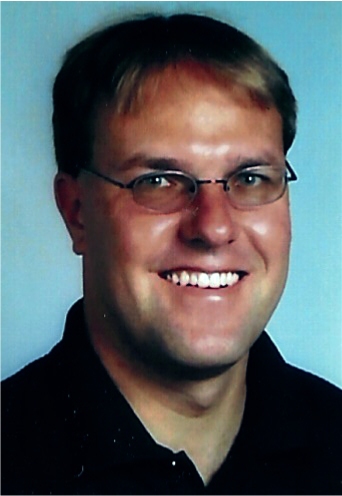 |
The Future Internet in support of Intelligent Environments
Dr. Marcus Brunner
NEC Europe Ltd
|
| Currently, there is a lot of movement in the area of the Future Internet with a lot of attention on EU- and international level. Several project in that area support various degrees of real world Internet applications. This talk will introduce a set of research topics under study in some of the project, which are directly supporting Intelligent Environments. Since some of the cross-cutting topics are seldom mentioned, the talk will emphasize some of the cross-cutting challenges and use as example two areas of current interest, namely Green ICT and public displays. True Green ICT can only be achieved if we consider energy consumption holistically on the networking, application, and environment level. This also holds for public display solutions, which connect network, displays and the environments in more or less intelligent ways still trying to optimize energy consumption. |
Dr. Marcus Brunner is chief researcher at the Network Laboratories of NEC Europe Ltd. in Heidelberg, Germany. He received his Ph.D. from the Swiss Federal Institute of Technology (ETH Zurich), while working in the Computer Engineering and Networks Laboratory (TIK) of the Electrical Engineering Department in 1999. He got his M.S. in Computer Science from ETH Zurich in 1994. Aside from the involvement in different national and international projects, his primary research interests include network architectures (fixed and mobile), programmability in networks, network and service management. He is a leading member of the network management research community with being in the Organization and Technical Program Committees of major network management conferences such as NOMS, IM, DSOM, IPOM, etc. E.g., he was TPC co-chair of NOMS'08. Also in the networking area he is in the Organization and Technical Program Committees of major conferences such as IEEE Globecom, IEEE ICC,
etc. He is currently IEEE ICC'09 and ICC'10 symposium chair on Next Generation Networks. He is in the editorial board of the IEEE Transactions on Network and Service Management (TNSM), the Journal of Network and Systems Management (JNSM), and the Journal on Peer-to-Peer Networking and Applications. Finally, he is secretary of the IEEE Communication Society Technical Activities Council (TAC) and secretary of the IEEE ComSoc technical committee on Network Operation and Management (CNOM), and Vice-chair of the Autonomic Communication sub-TC.
|
|